
Diamond Types: A Guide to Shapes, Cuts and Settings
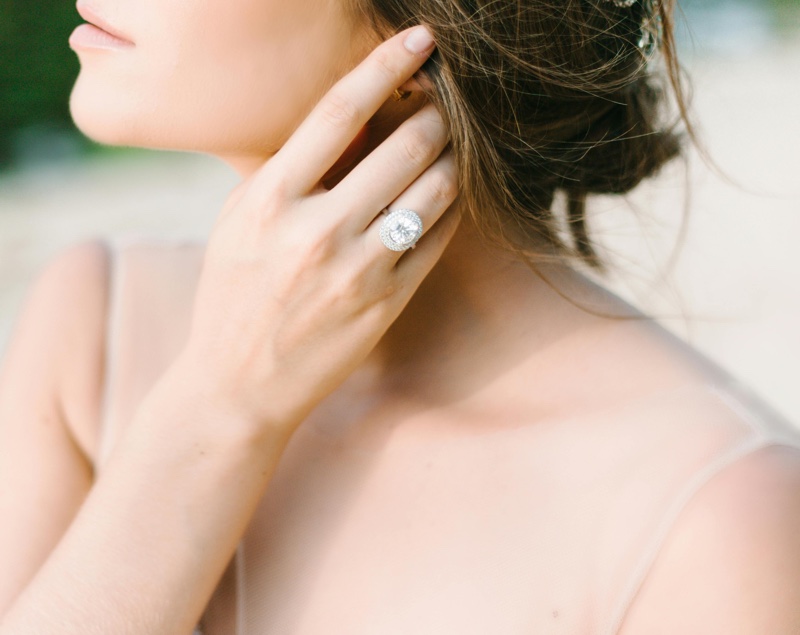
Different types of diamonds, with their unparalleled hardness and brilliance, have always captivated people’s imagination. But what makes them so unique?
Diamonds are natural gemstones known for their unparalleled hardness and brilliance, and are often used in exquisite jewelry. It consists only of carbon atoms arranged in a cubic crystal structure.
This combination of strength and grace has been admired for centuries. For many people, diamonds evoke images of luxury and romance, especially as the centerpiece of a proposal ring.
From the allure of colorless stones to the mystery of fancy-colored gemstones, diamonds have a way of telling their own stories.
Diamond Type: Grading Scale
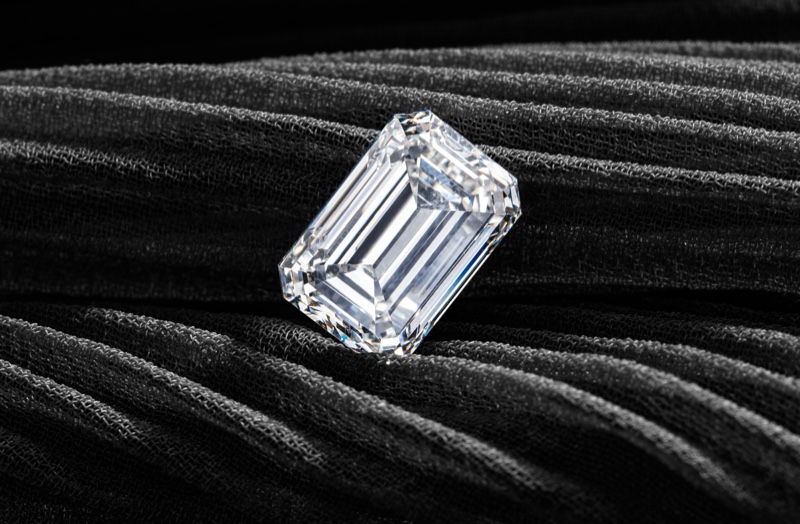
The diamond grading scale is a system used to evaluate and describe the quality of diamonds based on four main characteristics, commonly known as the 4 Cs: carat weight, color, clarity, and cut.
These properties are standardized by the Gemological Institute of America (GIA) and other gemological organizations.
cut
Cut refers to how well a diamond’s facets are proportioned and aligned, with particular emphasis on symmetry. This affects shine, fire, and overall shine. Cut determines how effectively a diamond reflects light and is an important element of a diamond’s visual performance.
A properly cut diamond reflects light better and appears brighter and more valuable. The quality of a diamond’s cut is graded on a scale from Excellent to Poor.
clarity
Clarity refers to the presence of flaws known as inclusions (inside the diamond) and blemishes (on the surface). Diamonds with fewer defects are more valuable.
The transparency scale ranges from Flawless (no visible flaws) to Included (flaws visible to the naked eye). While high clarity is desirable, slight inclusions are often not noticeable without magnification.
Clarity grades are determined using a 10x magnification, and a gemologist evaluates the size, nature, location, and number of these imperfections.
color
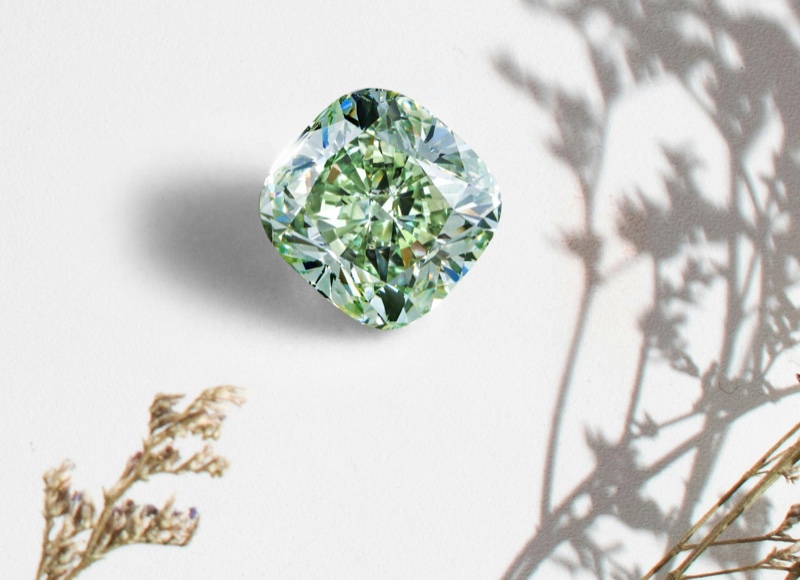
Diamonds are graded on a color scale from D (colorless) to Z (bright yellow or brown). Colorless diamonds are the most valuable because they allow the most light to pass through and enhance brilliance.
However, diamonds also come in rare and flashy colors such as pink, blue, and yellow, which are prized for their uniqueness. Diamond color is an important factor when choosing a diamond, as it has a significant impact on appearance and price.
The most expensive type of diamond is the red diamond. These diamonds are extremely rare and can cost more than $1 million per carat.
carat
A carat is a unit of weight for diamonds, with 1 carat equaling 200 milligrams. Carat weight often affects a diamond’s size, but it doesn’t necessarily make it look bigger, as the cut also affects it.
Large diamonds are rare and expensive, but a diamond’s overall beauty is determined by its carat and the balance of the other Cs.
popular diamonds
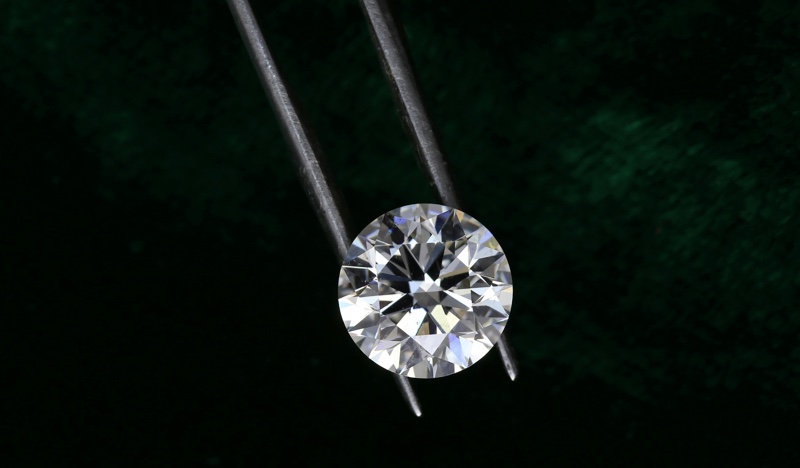
natural diamond
Natural diamonds are formed deep within the earth over billions of years. They are valued for their rarity and unique formation process, making them the most popular type of diamond on the market.
treated diamond
Treated diamonds are laser drilled or fracture filled to improve their appearance. Although these enhancements make diamonds more affordable, they can affect their durability and are typically worth less than untreated diamonds.
lab grown diamond
Lab-grown or lab-grown diamonds are created in a controlled environment. These synthetic diamonds are chemically identical to natural diamonds, but are more affordable, environmentally friendly, and offer a modern alternative without sacrificing quality or flawless appearance.
fancy color diamond
Fancy colored diamonds occur naturally in shades of black, pink, blue, and yellow. These rare and brilliant diamonds are prized for their unique color and are among the most valuable and desirable.
A black diamond’s color is due to the presence of graphite inclusions that absorb light, giving the diamond an opaque appearance.
Popular shapes of engagement rings
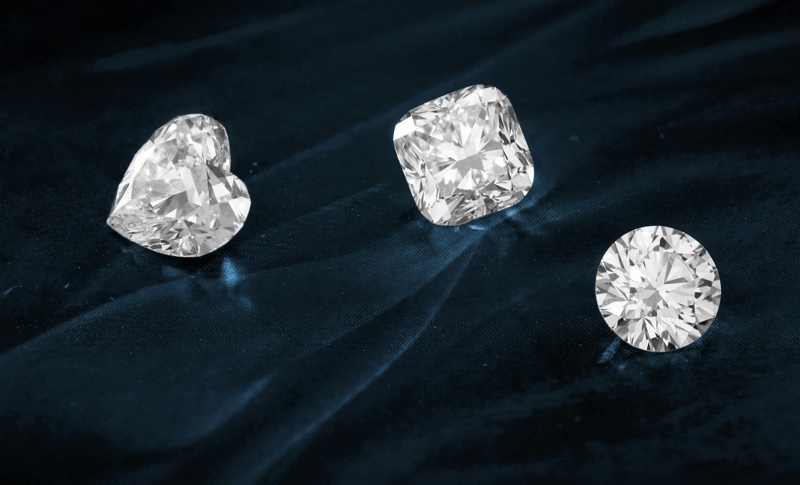
The choice of diamond shape has a huge impact on the style and personality of your engagement ring or wedding ring. Although the terms diamond shape and diamond cut are often used interchangeably, they refer to different aspects of a diamond’s appearance and quality.
Shape refers to the shape of the diamond, while cut determines the quality of the facets and overall brilliance. These elements, combined with different ring styles, play an important role in defining the overall beauty of the piece.
Round brilliant shape: Developed to maximize shine, this shape has been the most popular shape for over a century.
Princess shape: Known for its contemporary geometric shapes, princess shapes are modern and versatile.
cushion shape: The cushion’s shape with soft corners and large facets combines vintage charm with soft light reflections.
oval: The elongated form captures the vibrant play of light, appealing to those seeking a unique yet classic look.
Emerald shape: Featuring open step-cut facets and a rectangular shape, this shape highlights the diamond’s clarity.
marquise shape: This football-shaped shape with pointed ends and curved sides suggests a regal aesthetic popular among vintage enthusiasts.
Pear shape: Its teardrop shape, combining round and marquise elements, embodies sophistication and elegance.
Usher shape: Bringing depth to the square format, the usher’s X-shaped facets flare out from the corners, making you do a double take.
Diamond classification
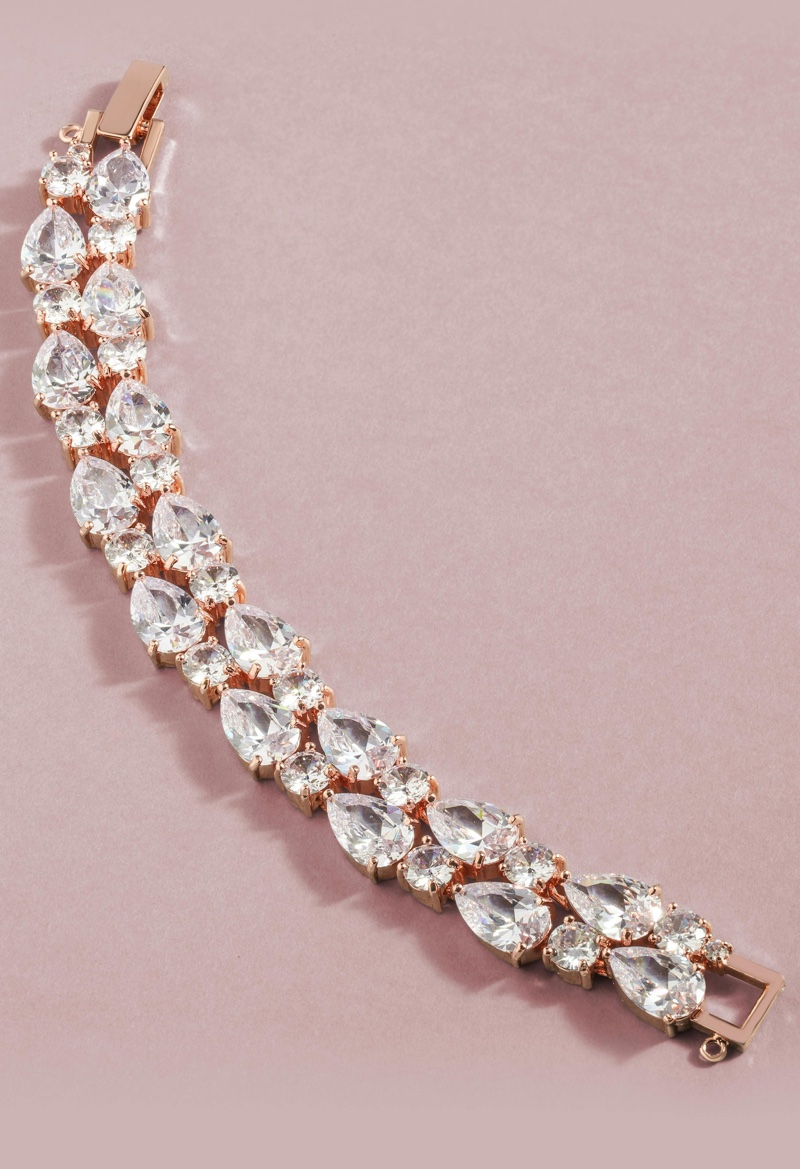
Diamond classification classifies diamonds based on their chemical composition and internal structure, which affect color and other physical properties.
The most common classification systems include Type I and Type II diamonds, which are further divided into subtypes based on the presence of nitrogen or boron impurities.
Type Ia Diamonds contain nitrogen in their clusters, giving them a yellowish tint and are the most common type.
Type Ib Diamonds have isolated nitrogen atoms, which give them a darker yellow or brown color, but they are rare.
Type IIa Diamonds contain no nitrogen, so they are extremely pure and often colorless. It is highly valued for its clarity and shine.
Type IIb Diamonds contain boron, which gives them a blue or gray hue. They are also known for their electrical conductivity.
various settings
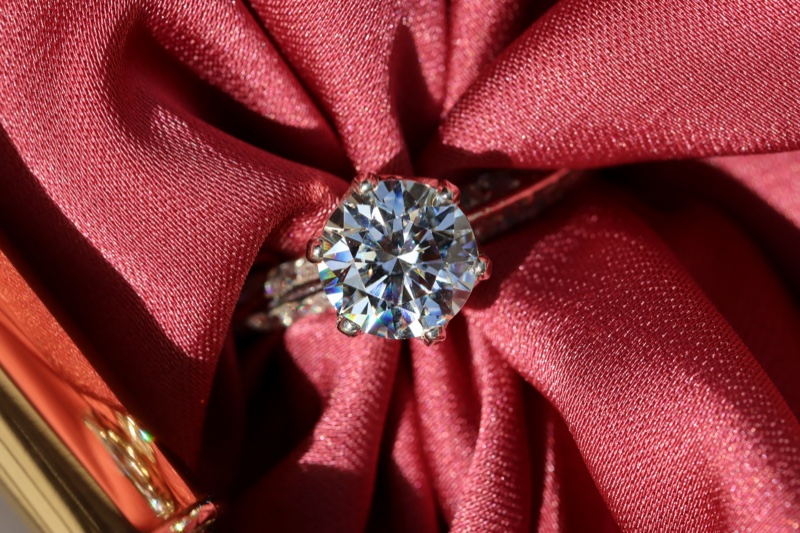
Prong settings: The diamond is held with metal prongs (usually 4 or 6) to maximize light exposure. It has a good reputation for its firm hold. Often used in engagement rings and solitaires.
bezel settings: The diamond is completely or partially surrounded by a thin metal rim, giving it a sleek, modern look. It provides excellent protection and is perfect for an active lifestyle. Often used in rings, pendants, earrings, etc.
setting pad: Minimize visible metal on the band surface and arrange small diamonds without gaps to create a sparkling effect. Popular for its continuous shine, it is often found in rings, especially eternity bands and sparkling jewelry.
Channel settings: Diamonds are set between two parallel metal walls, flush with the surface for a smooth appearance. It protects the edges of the diamond and is suitable for everyday wear items such as wedding bands, eternity rings, and stackable rings.
halo settings: The central diamond is surrounded by a “halo” of smaller diamonds, enhancing both the brilliance and perceived size of the central stone. It is often used in engagement rings, necklaces, pendants, earrings, etc.
Tension setting: The pressure of the metal band holds the diamond in place, making the stone appear to be “floating”. Known for its modern, minimalist look, it is primarily found in engagement rings and contemporary jewelry designs.
bar settings: Similar to a channel setting, but the diamond is held by a vertical metal bar, allowing more light to shine through. It is often used in eternity rings and wedding rings.
cluster configuration: Multiple small diamonds can be grouped together to mimic large stones or create unique shapes. Offering affordable prices while maintaining visual impact. Used for engagement rings, fashion rings, earrings, etc.
Flash settings: This causes the diamond to be embedded into the drilled hole in the band, with the top of the diamond flush with the metal surface. It offers superior protection and a sophisticated design commonly found in men’s rings and wedding rings.
vintage or antique setting: Incorporates intricate details such as milgrain, filigree, and carving to reflect historical styles (Victorian, Art Deco, etc.). It offers a unique and appealing look with timeless appeal, often found in engagement rings and heirlooms.
Other features
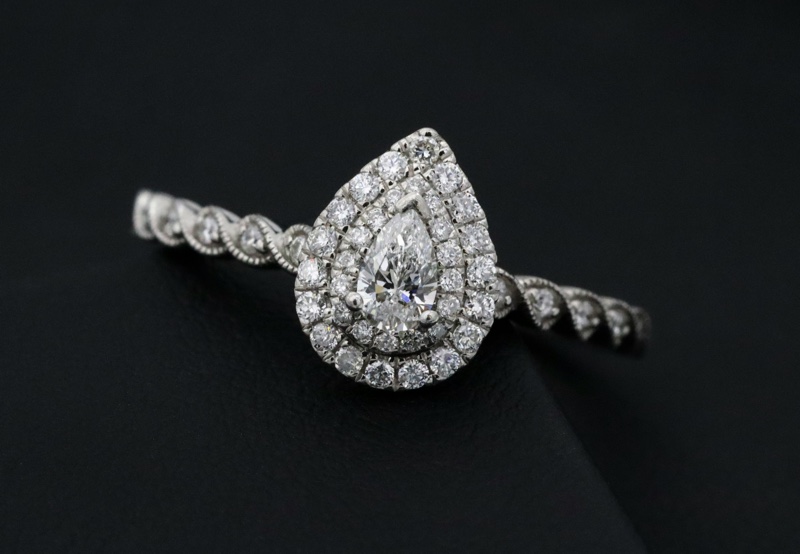
fluorescence
Diamond fluorescence refers to the glow that some diamonds emit under ultraviolet light. It can affect the appearance of the diamond, especially diamonds with lower color grades, and can make the diamond appear cloudier or even accentuate the color.
certification
Diamond certification is a detailed analysis provided by a gemstone laboratory such as GIA or AGS. These reports provide important information about a diamond’s quality, including cut, clarity, color, and carat weight, so buyers know exactly what they’re buying.
Some labs also offer laser engraving services that engrave a report number on the diamond’s girdle for identification purposes.
ethical considerations
Ethical considerations include ensuring diamonds are sourced responsibly and avoiding conflicts and “blood diamonds”. Many buyers now seek diamonds that are certified conflict-free, emphasizing sustainable practices and fair labor in the diamond mining and production process.
customization
Customization allows buyers to personalize their diamond jewelry, from choosing their own cuts to designing bespoke settings. This trend allows for a more meaningful and individualized connection with diamonds, tailored to personal taste and style preferences.







